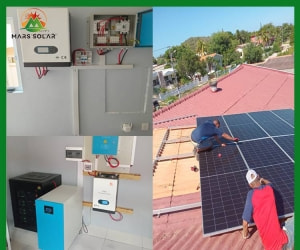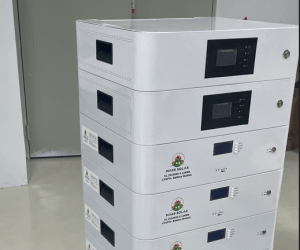By 2023, the global solar house kit materials market will exceed $35 billion
According to a report by Global Market Insights, a market research and consulting services provider, the global solar house kit materials market is expected to exceed $35 billion by 2023. North America will grow at a significant rate, with the United States and Canada expected to have a large share, thanks to industrial growth and government influence in the region.
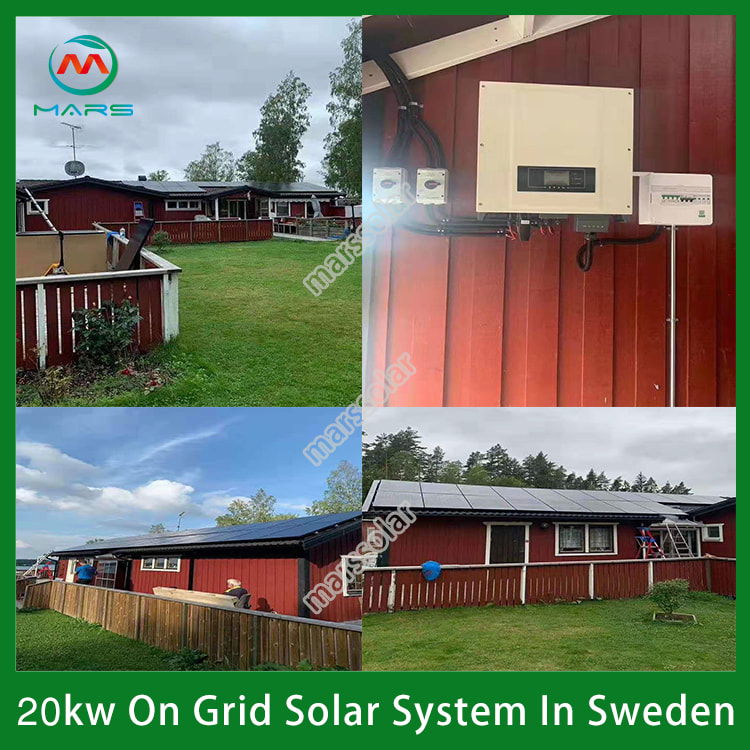
Solar house kit systems convert sunlight into electricity for people to use. This renewable energy source is reliable, safe, easy to install, and generates less operating costs. These solar house kit systems help provide safe, clean, non-polluting and affordable power. A successful solar house kit installation can power over 15 years with low maintenance costs and no fuel costs.
Solar house kit materials can be divided into polysilicon, monocrystalline silicon, amorphous silicon, copper indium gallium selenide, cadmium telluride, crystalline silicon and copper photovoltaic cables. Crystalline silicon is the leading semiconductor material that helps produce solar energy from sunlight. Due to the semi-semiconductor material properties of polysilicon, it is used as a raw material in most complete solar kit applications and may grow at a high rate in the future.
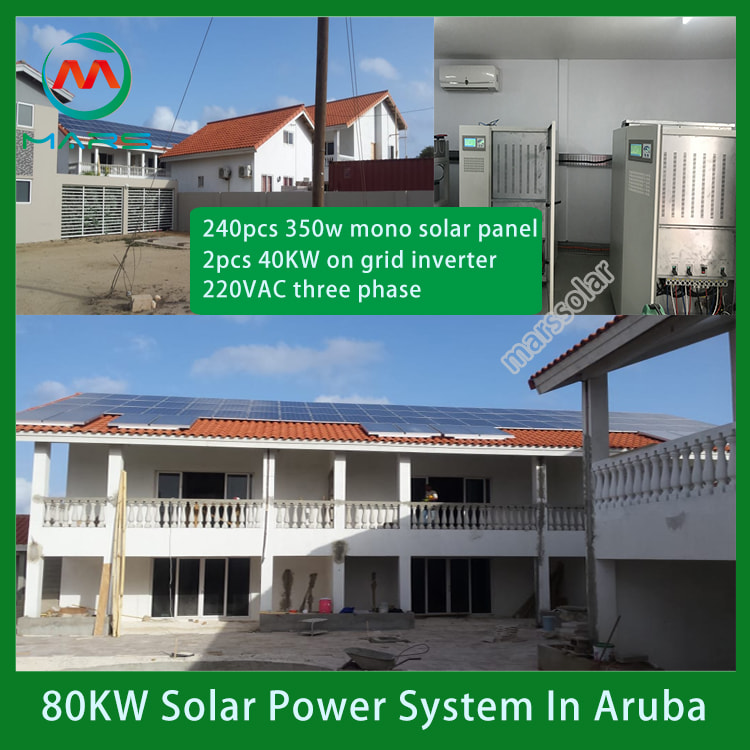
Amorphous silicon is in the form of amorphous silicon used in solar cells or thin film solar cells. Such materials are expected to grow very slowly due to fierce competition from conventional crystalline silicon materials and thin film technologies such as copper indium gallium selenide and cadmium telluride.Copper indium gallium selenide is a semiconductor material used in CIGS solar cells, a thin film complete solar kit technology. This type of material may witness a significant increase as it produces lightweight and highly flexible solar panels. Copper photovoltaic cables are used to connect arrays, modules, and graded sites. The growing trend of clean and renewable energy technologies may actively drive this growth in the complete solar kit sector.
More than 39% of the world's energy is produced by coal, which brings environmental pollution. Worrying environmental conditions coupled with increasing energy consumption may affect the industry's shift to longer-lasting, more valuable energy sources. These factors will have a positive impact on the growth of the complete solar kit materials market.
-
 Solar PV System Expansion: Compatibility, Efficiency & Implementation Guide1. Background and Necessity Early-installed PV systems generally fail to meet the growing energy demands of modern households and enterprises. Compared with replacing the entire system, expansion is a more economical option—but the core question
Solar PV System Expansion: Compatibility, Efficiency & Implementation Guide1. Background and Necessity Early-installed PV systems generally fail to meet the growing energy demands of modern households and enterprises. Compared with replacing the entire system, expansion is a more economical option—but the core questionDo you like ?0
Read more -
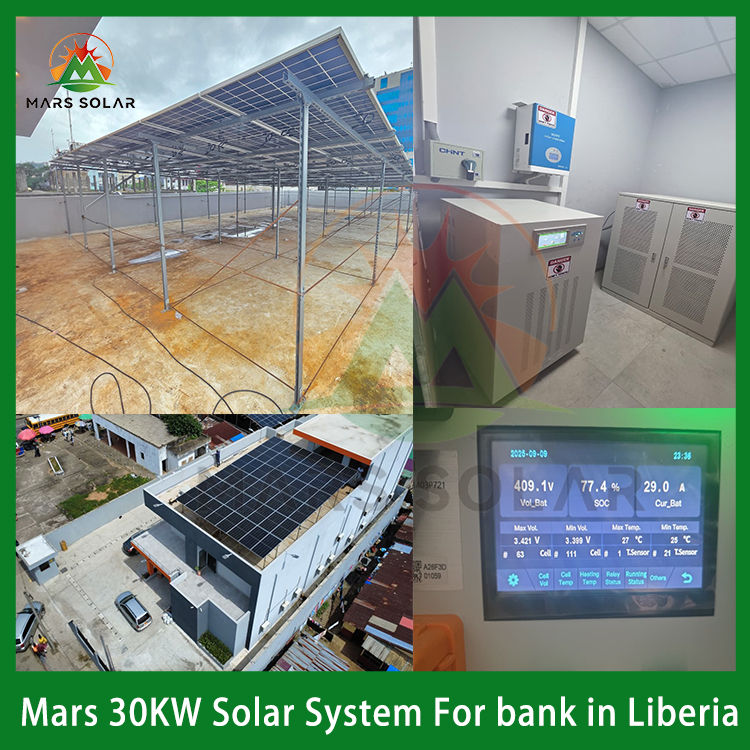 Customized Off-Grid Solar System for a Liberian Bank: Achieving Power IndependenWhen Banks Face the Challenge of "Grid Power Outages and Voltage Fluctuations": A Real-World Solution from Liberia In scenarios where the power grid is unstable and manual intervention is difficult, how to ensure the 24/7 stable operation
Customized Off-Grid Solar System for a Liberian Bank: Achieving Power IndependenWhen Banks Face the Challenge of "Grid Power Outages and Voltage Fluctuations": A Real-World Solution from Liberia In scenarios where the power grid is unstable and manual intervention is difficult, how to ensure the 24/7 stable operationDo you like ?0
Read more -
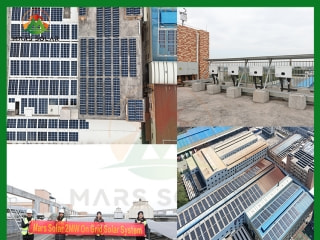 2MW Solar Panel System For Factory2MW mars solar grid-tied solar panel system for factory have designed, produced, and installed in a factory.How does Mars Solar build such a solar panel system for factory? 1. Data collection Before designing the plan, the factory owner vi
2MW Solar Panel System For Factory2MW mars solar grid-tied solar panel system for factory have designed, produced, and installed in a factory.How does Mars Solar build such a solar panel system for factory? 1. Data collection Before designing the plan, the factory owner viDo you like ?0
Read more -
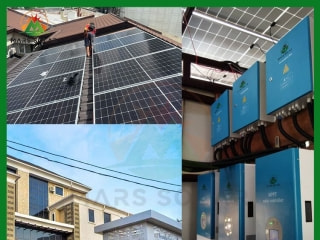 100KW Solar For Hotels And Resorts In NigeriaIn December 2024, the Mars Solar 100KW Nigeria solar for hotels and resorts project was successfully completed. In May 2024, the customer contacted Mars solar and had a series of communications on the solar for hotels and resorts project. The d
100KW Solar For Hotels And Resorts In NigeriaIn December 2024, the Mars Solar 100KW Nigeria solar for hotels and resorts project was successfully completed. In May 2024, the customer contacted Mars solar and had a series of communications on the solar for hotels and resorts project. The dDo you like ?0
Read more -
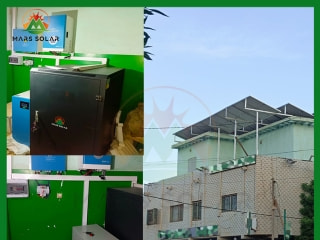 Reliable Energy Solutions for a Mali Pharmacy: 15KW Solar System Success StoryIn the heart of Mali, reliable electricity is a significant challenge, with power coming on for just 2 hours and then cutting off for 4 hours multiple times a day. This erratic power supply is particularly problematic for businesses that depend on consist
Reliable Energy Solutions for a Mali Pharmacy: 15KW Solar System Success StoryIn the heart of Mali, reliable electricity is a significant challenge, with power coming on for just 2 hours and then cutting off for 4 hours multiple times a day. This erratic power supply is particularly problematic for businesses that depend on consistDo you like ?0
Read more -
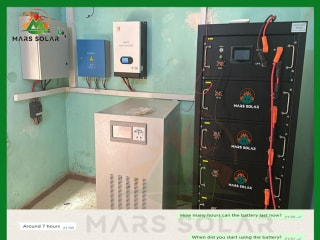 Harnessing the Sun: A Sustainable Solution for Abou's Family in MaliIn the heart of Mali, families like Abou's face daily challenges with electricity access, enduring power outages that can last up to 12 hours. To combat this, Abou relies heavily on a diesel generator to power his home, which includes essential applia
Harnessing the Sun: A Sustainable Solution for Abou's Family in MaliIn the heart of Mali, families like Abou's face daily challenges with electricity access, enduring power outages that can last up to 12 hours. To combat this, Abou relies heavily on a diesel generator to power his home, which includes essential appliaDo you like ?0
Read more

